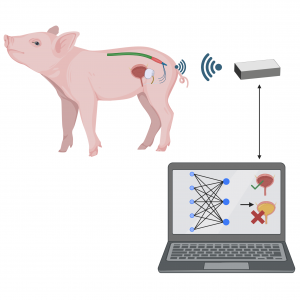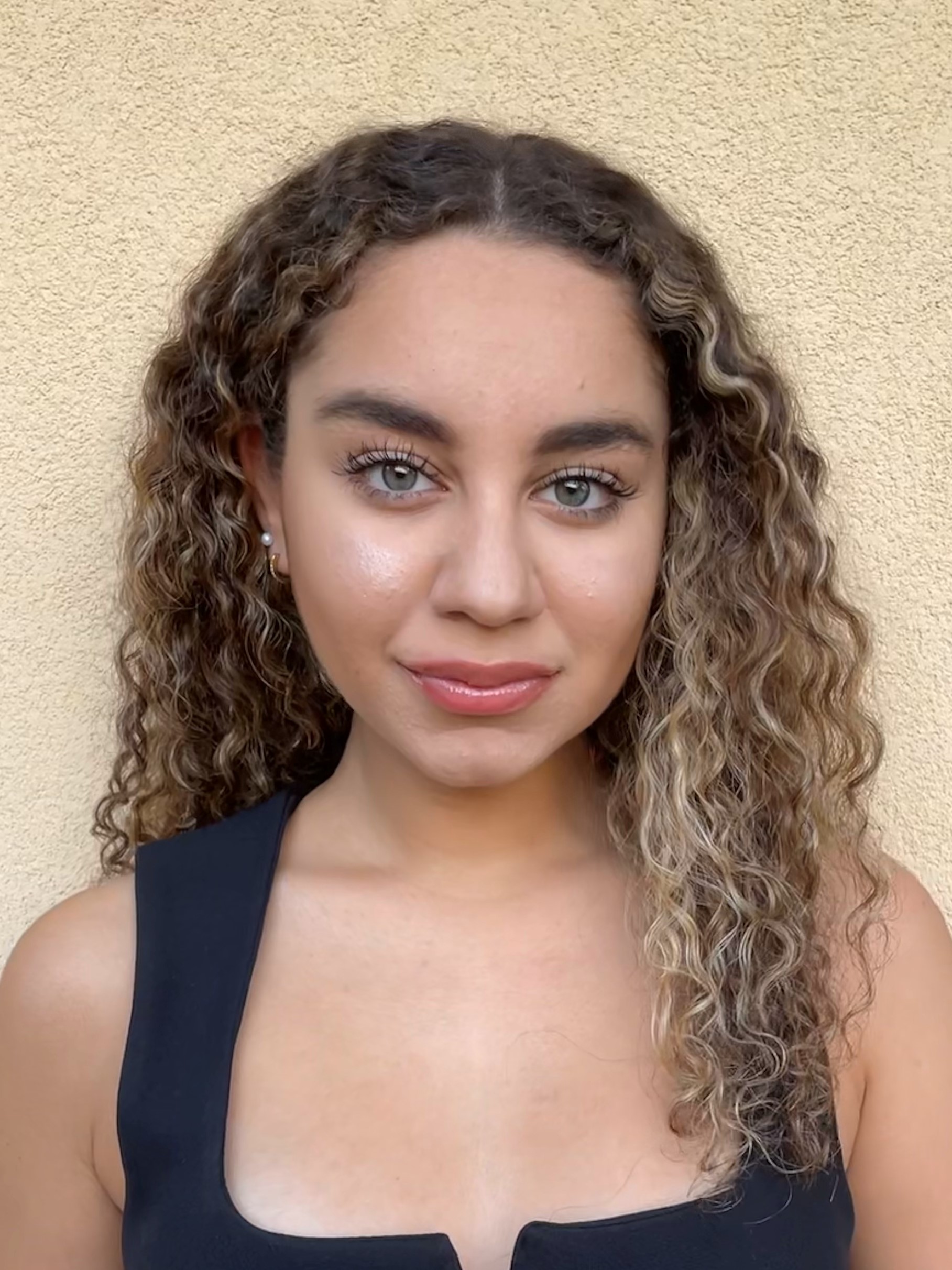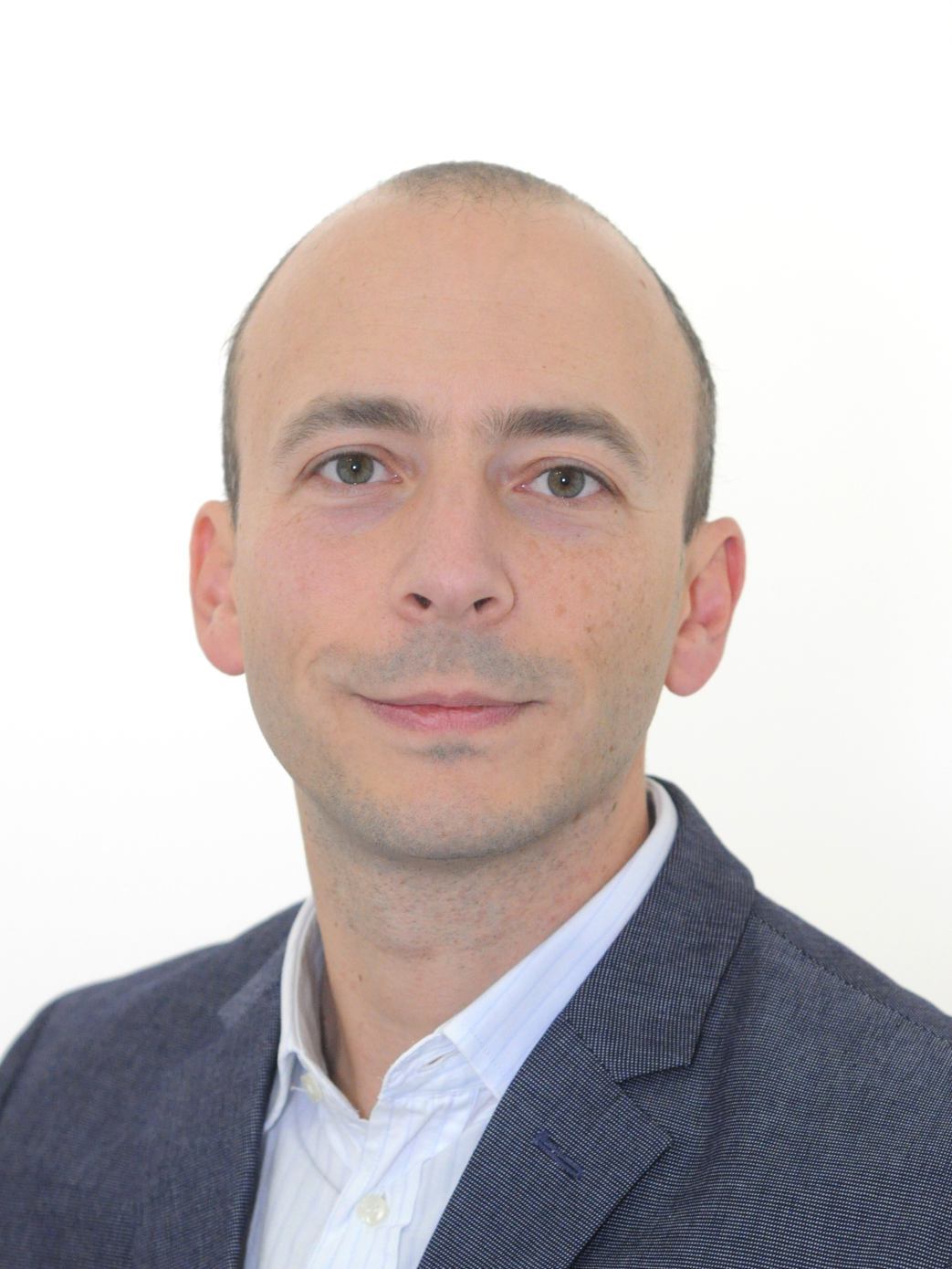Bladder Control
Implantable electrical devices have the potential of providing significant relief and improvements for patients suffering from neurogenic bladders who have not shown a positive response to traditional therapy.

In particular, pudendal nerve stimulation through afferent fibers’ electrical excitation leads to evoked reflex bladder activity, that has shown positive therapeutic results in cases of urinary incontinence and overactive bladder (OAB). Open-loop neuromodulation approach, despite the positive clinical results, could cause decreased efficacy in time due to neural habituation and higher risk of tissue damage. Closed-loop approach has demonstrated to be effective for the improvement of bladder voiding in subjects affected by lower urinary tract dysfunctions, avoiding overstimulation by adjusting the stimulation accordingly to the bladder state. Tethered neural devices might lead to natural behavior restriction, beside showing limitations when interfacing with peripheral nerves because of their high mobility. Thus, a partially implantable technology could help avoiding infections and motion artefacts while minimizing the surgical procedures invasiveness.
This project has the aim of designing an implantable, wireless communication device for pudendal intraneural adaptive stimulation based on online bladder state prediction through electroneurogram Machine Learning decoder. This solution could be ideal for chronic implantation, incentivizing in-vivo animal experiments continuity and monitoring. Wireless data transfer helps designing a miniaturized implant, dedicating external modules to data processing and control. The external hardware paves the way to the implementation of real-time accurate ML algorithms without computational cost limitations.
The research activity is carried on in collaboration with the Translational Neural Engineering Lab at Scuola Superiore Sant’Anna in Pisa held by Professor Silvestro Micera.
Keywords: Neurourology, Bladder control, Artificial Intelligence, Closed-loop stimulation, Wireless communication

Lo Vecchio Sara
Ph.D. Student - Biomedical Systems

Motto Ros Paolo
Assistant Professor - Biomedical Systems



